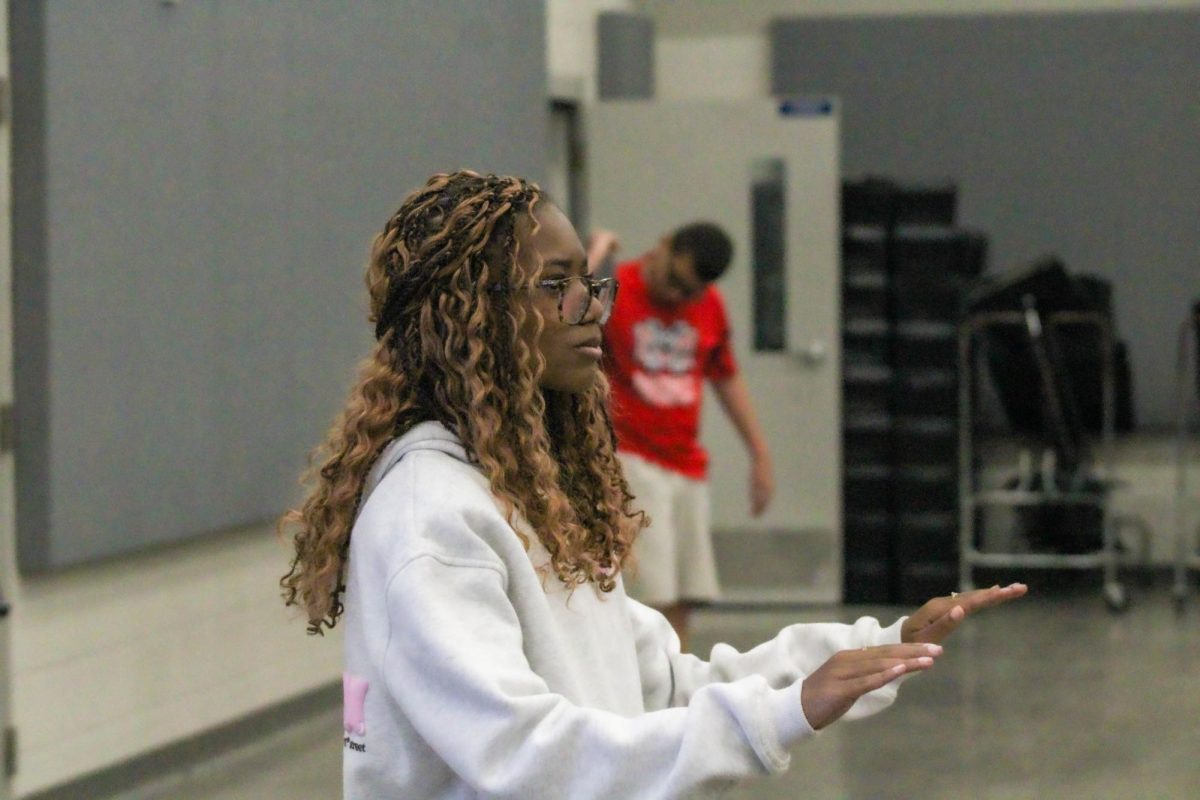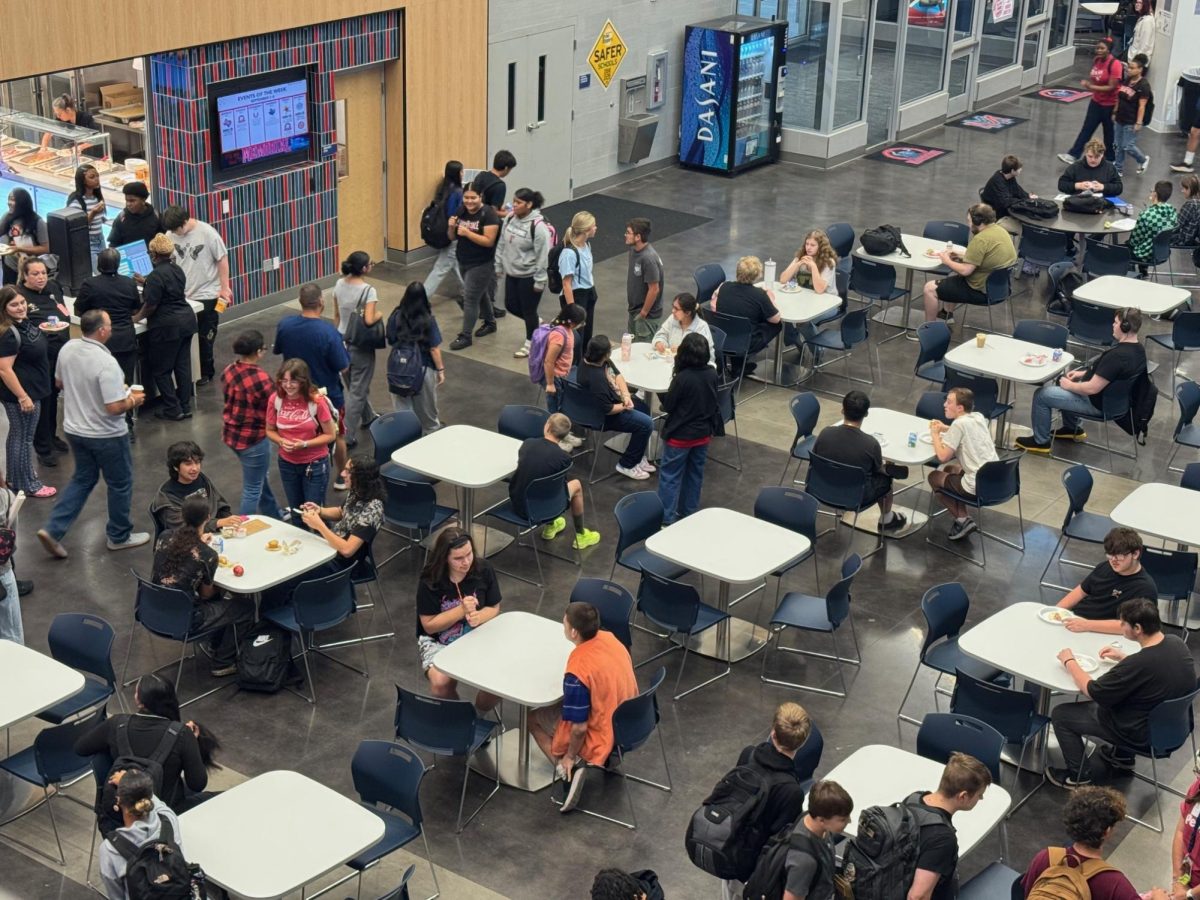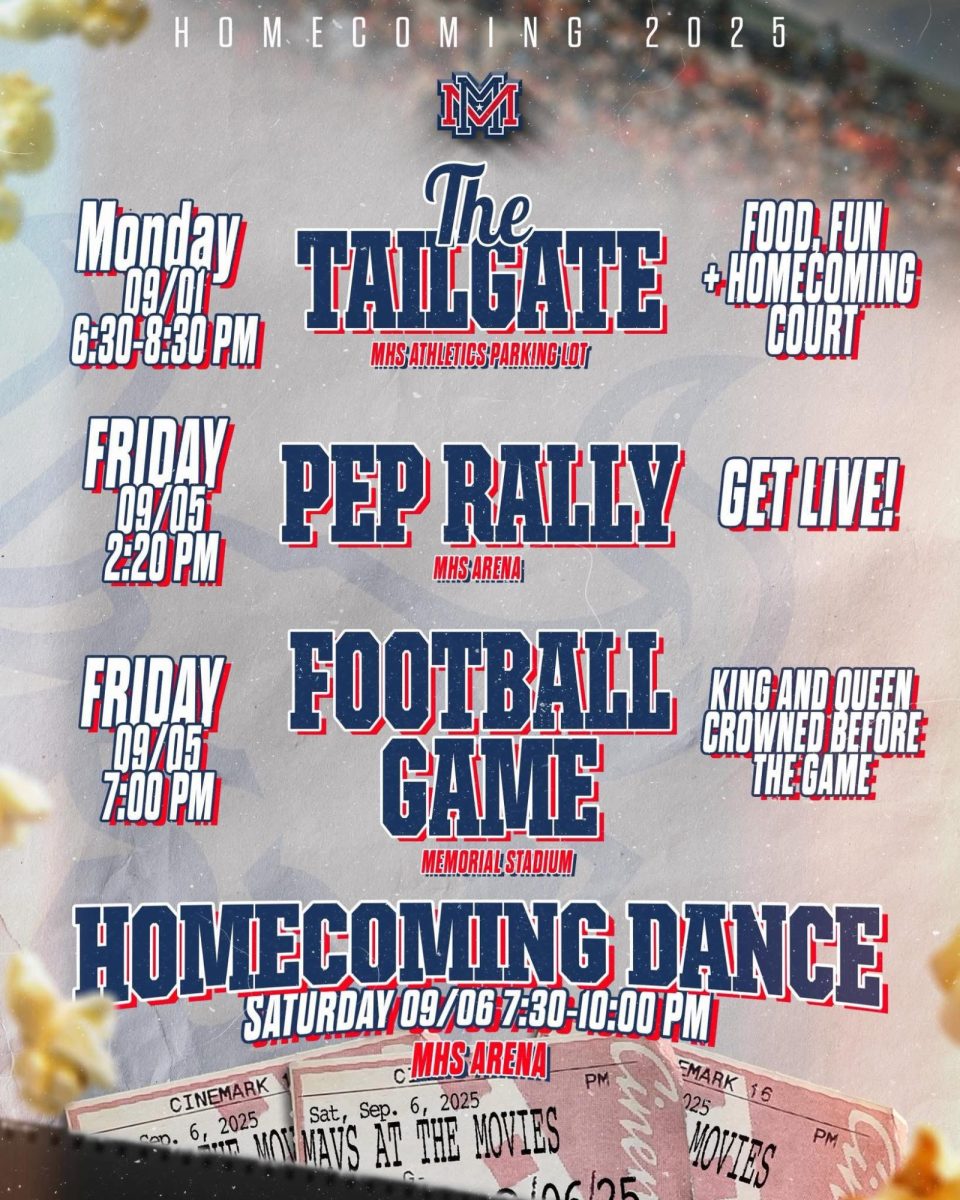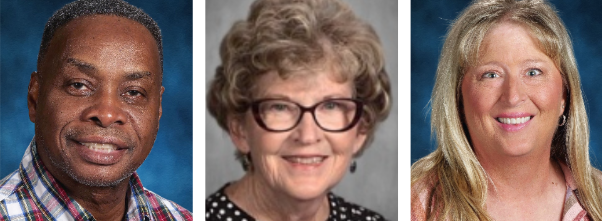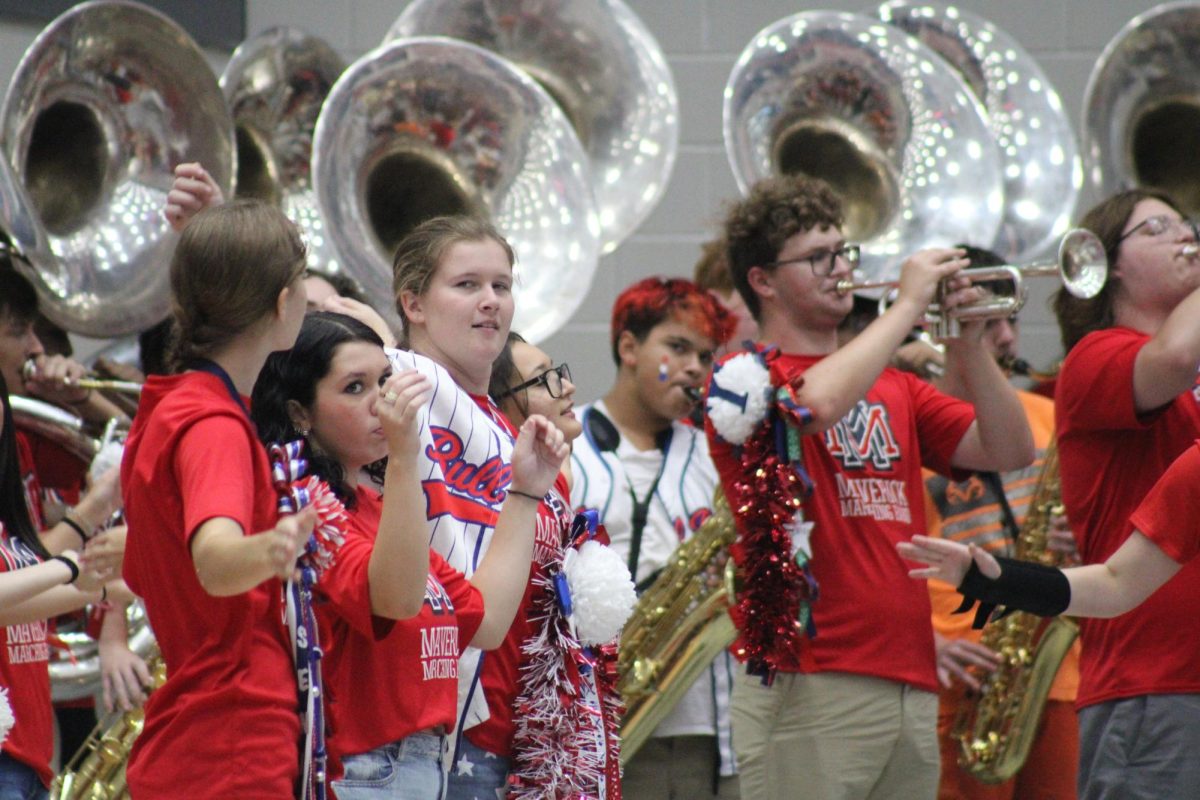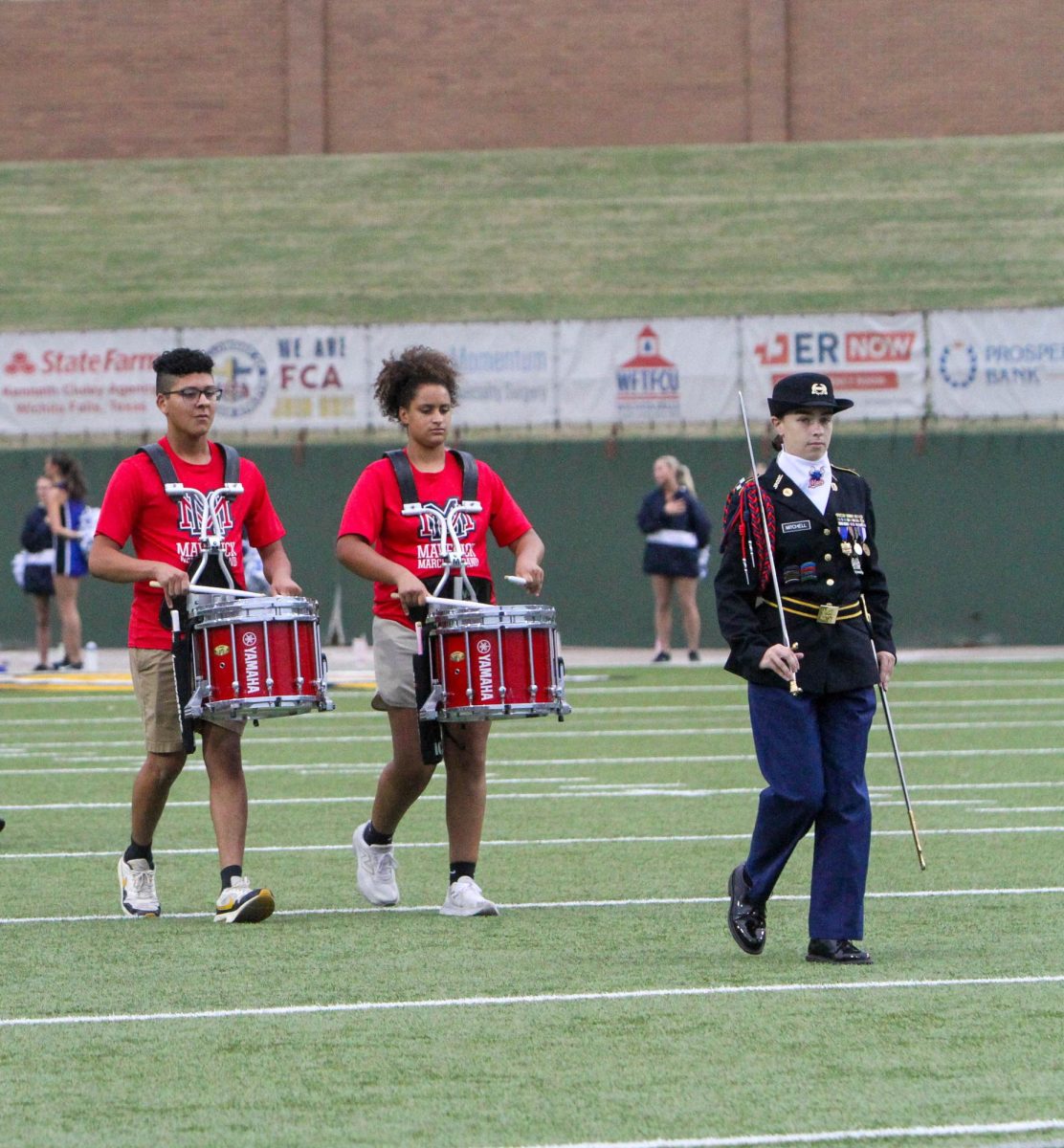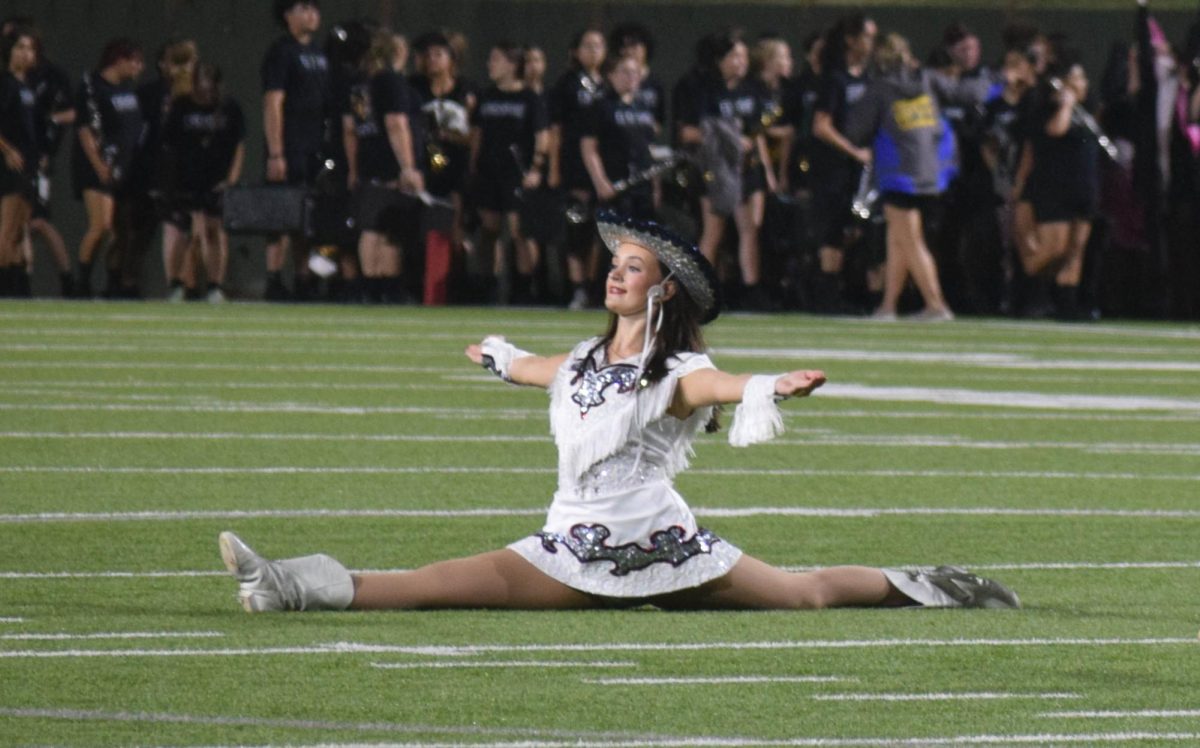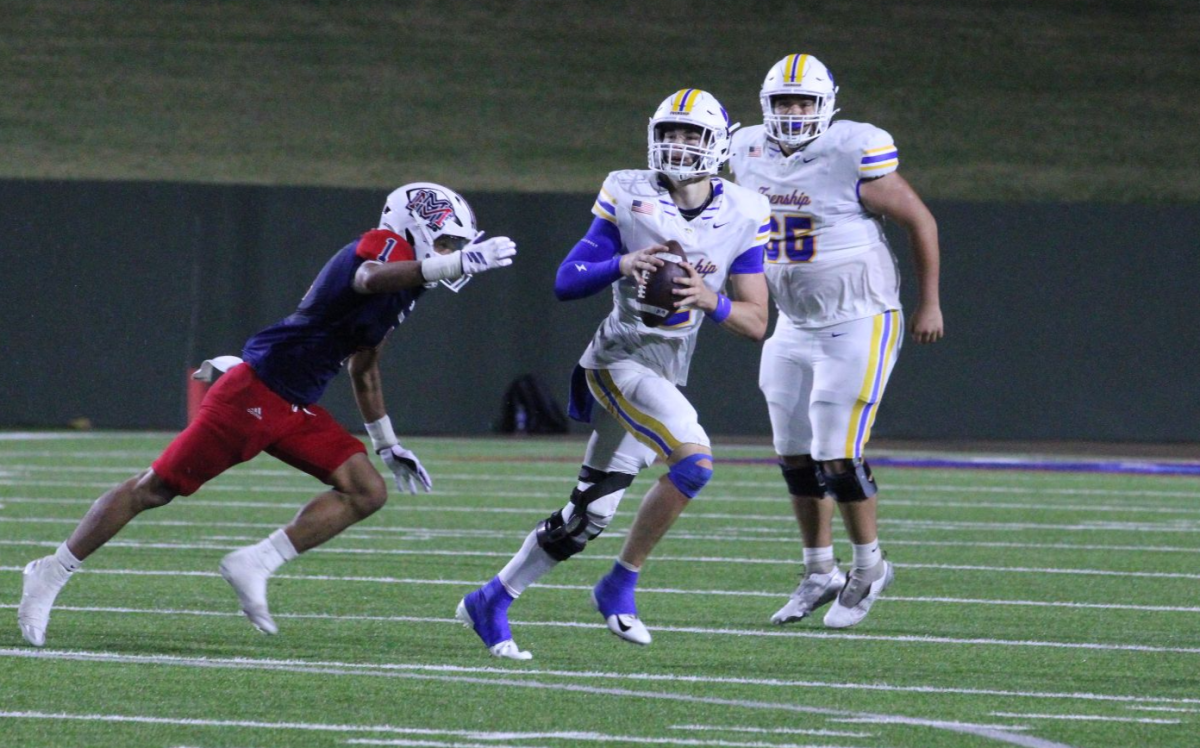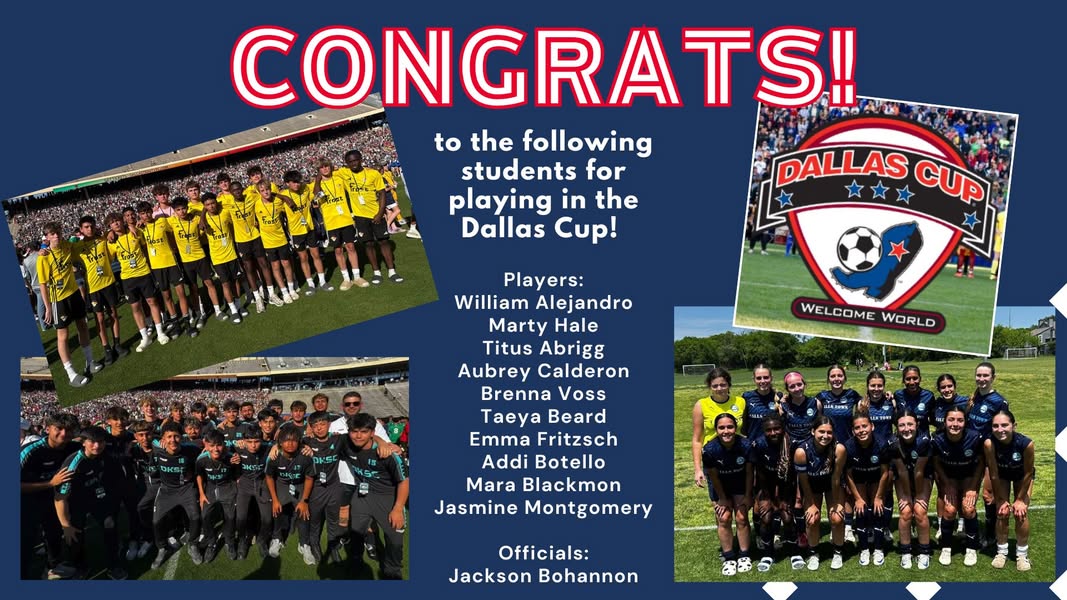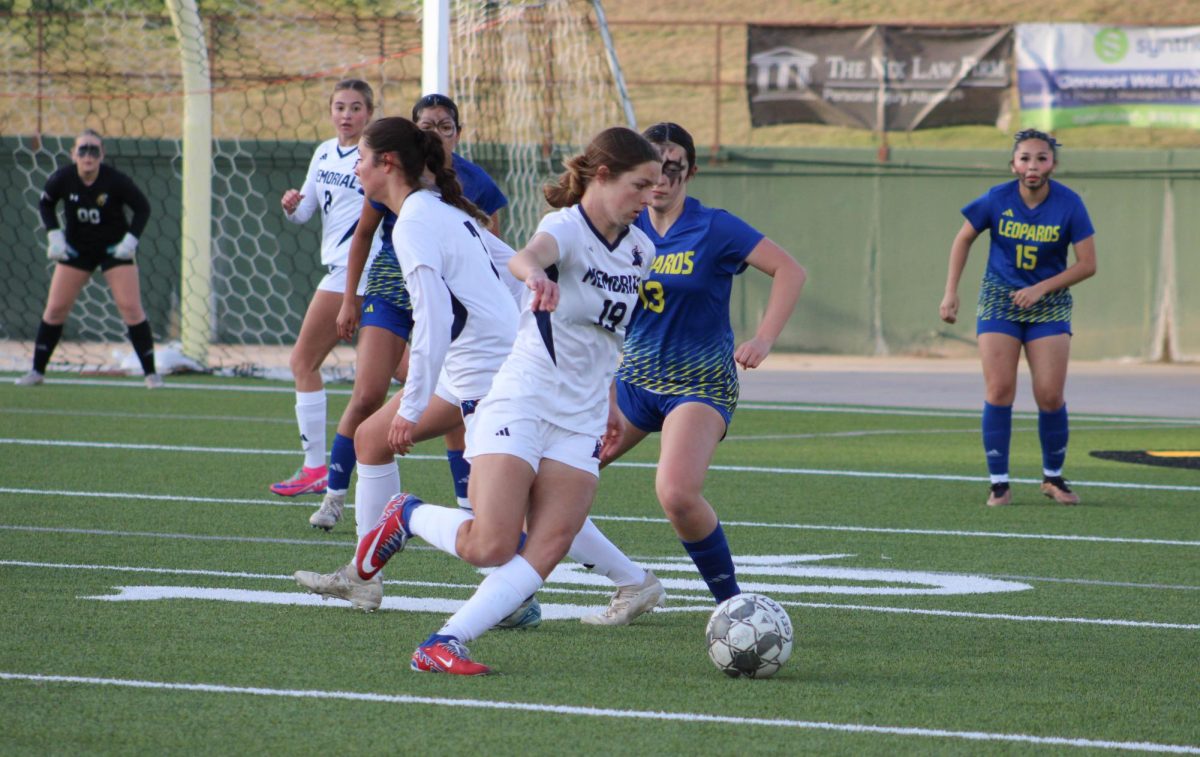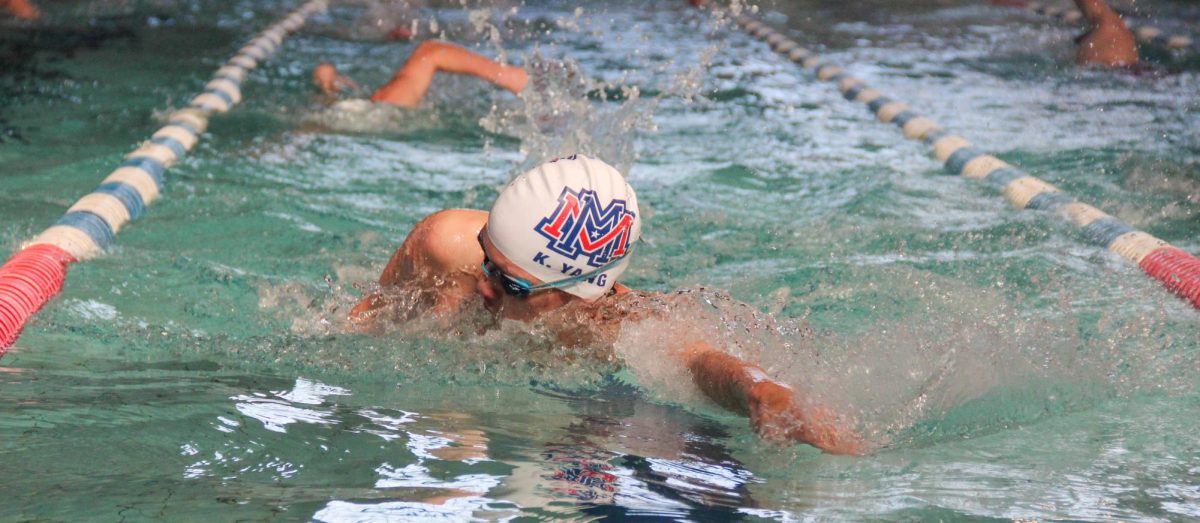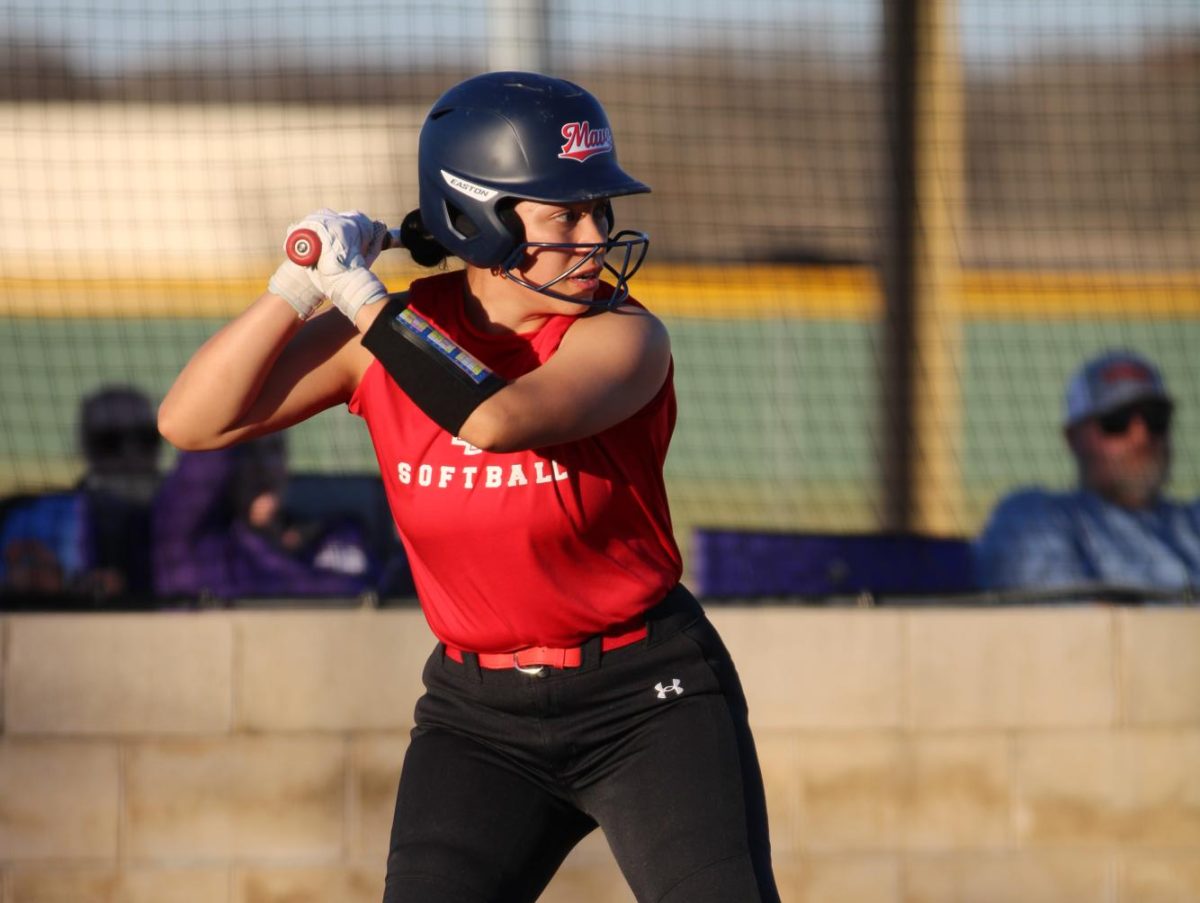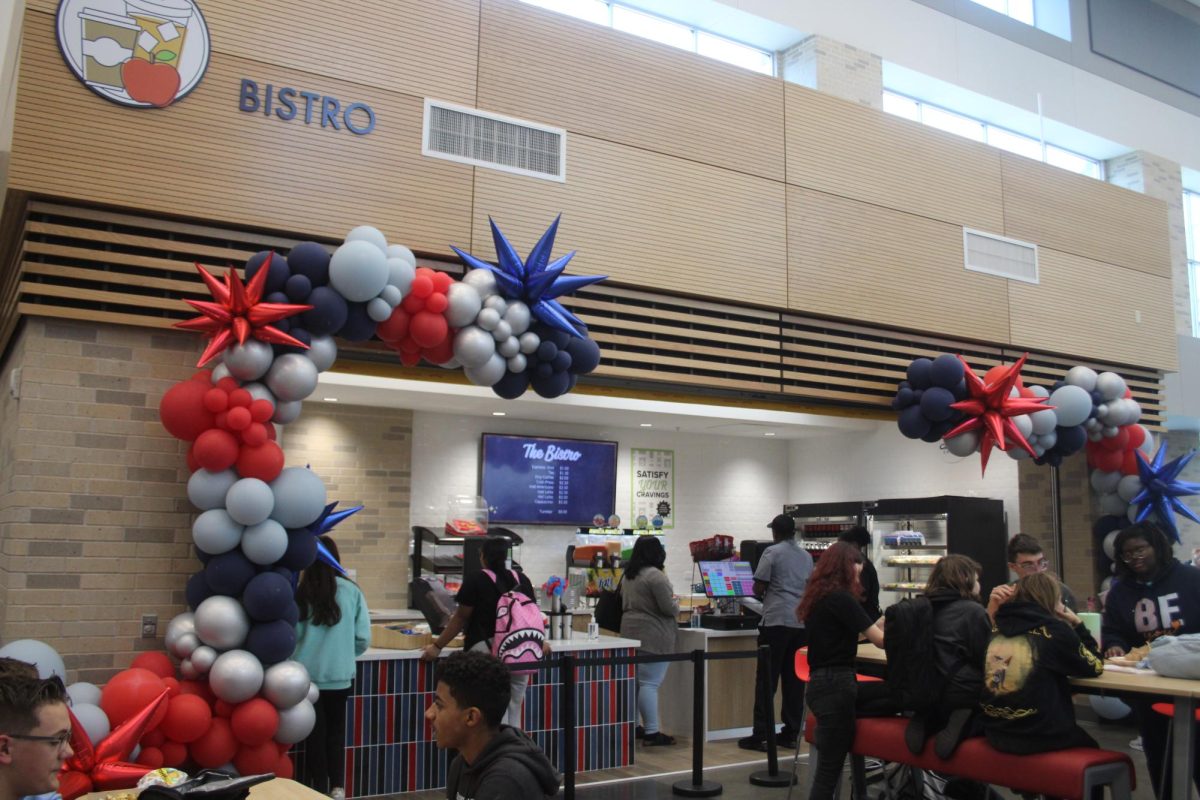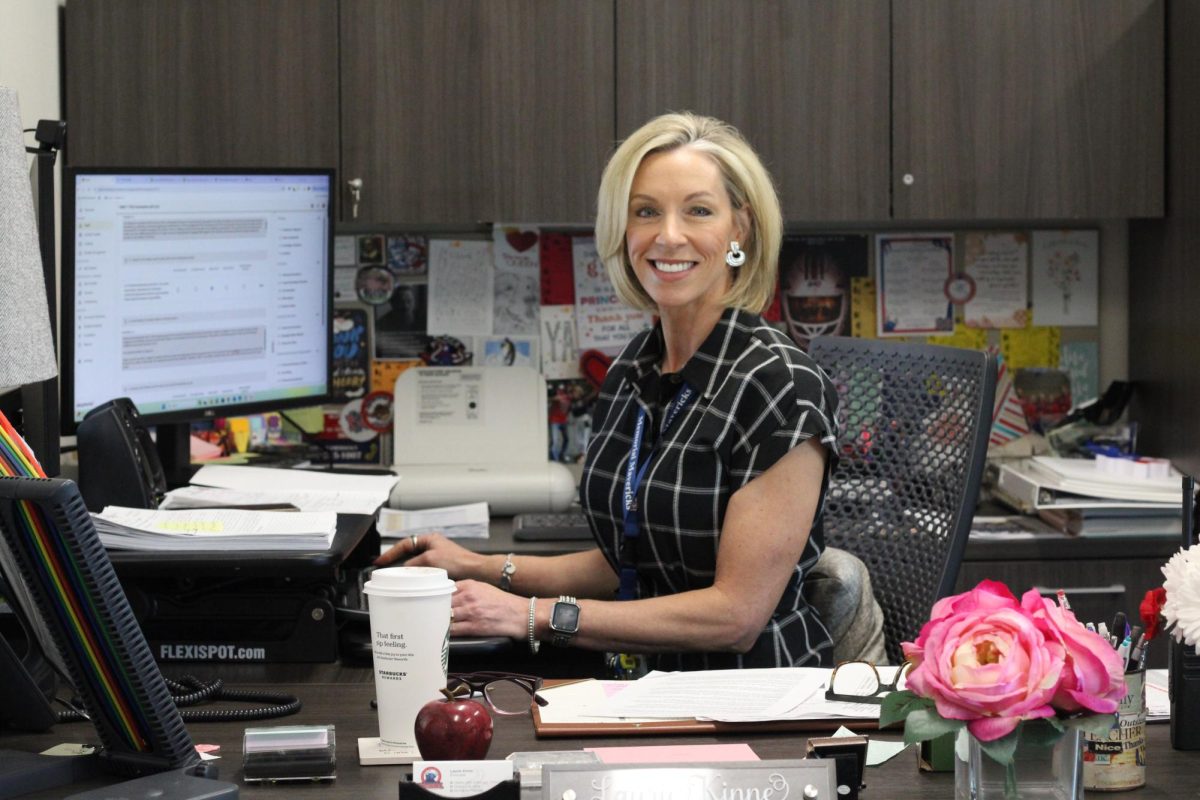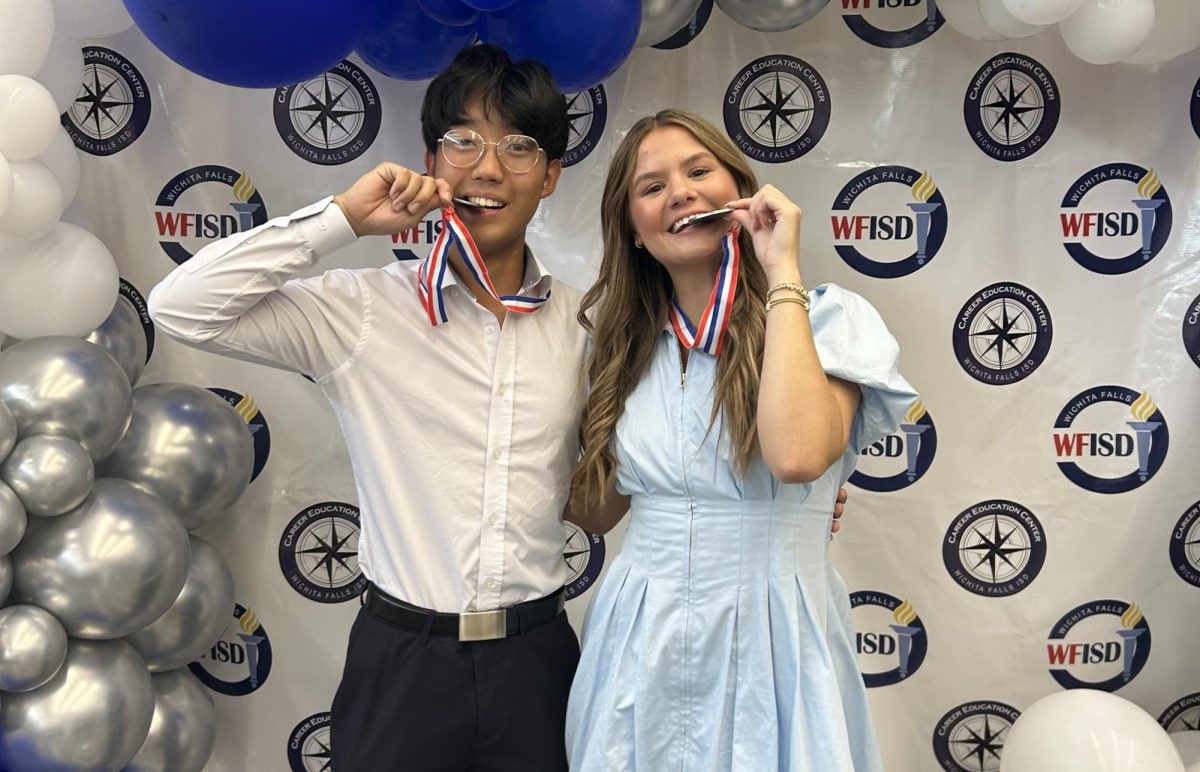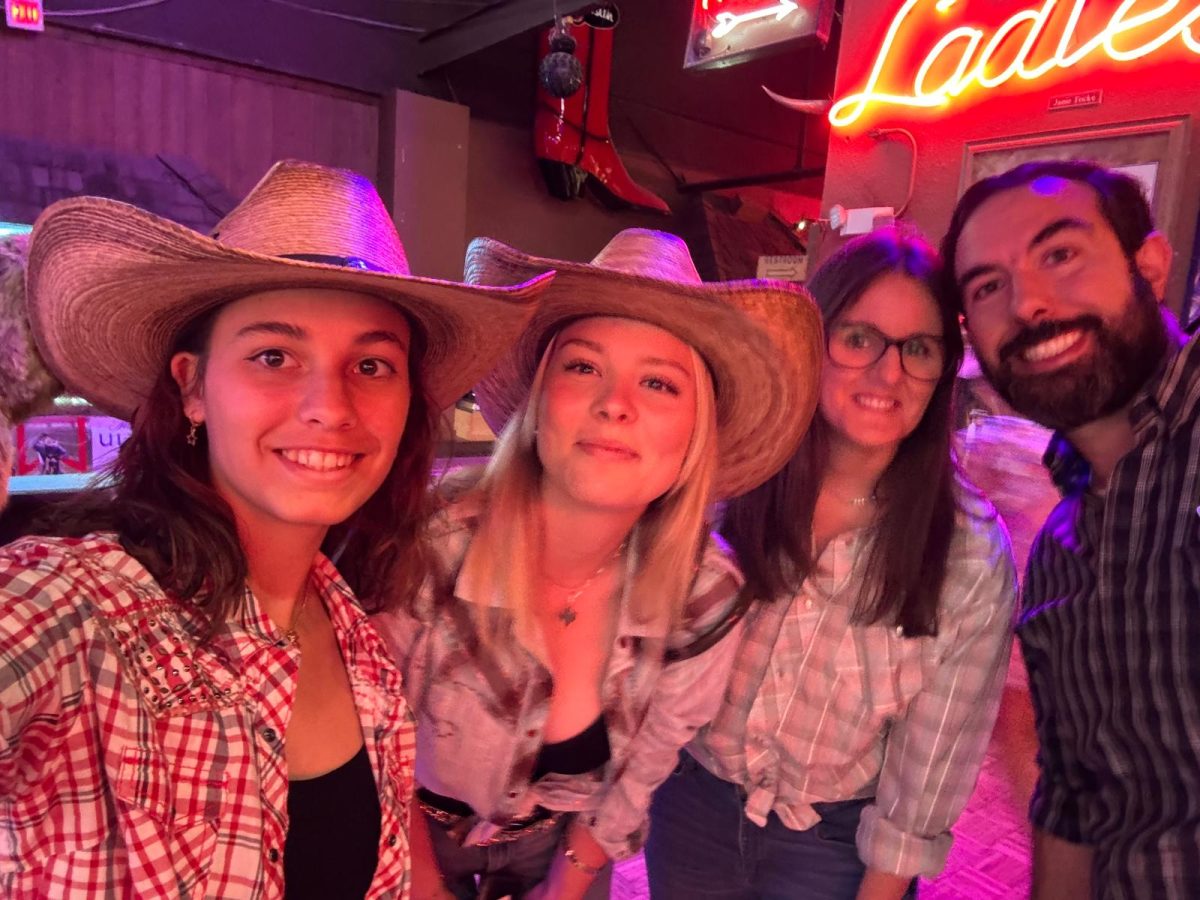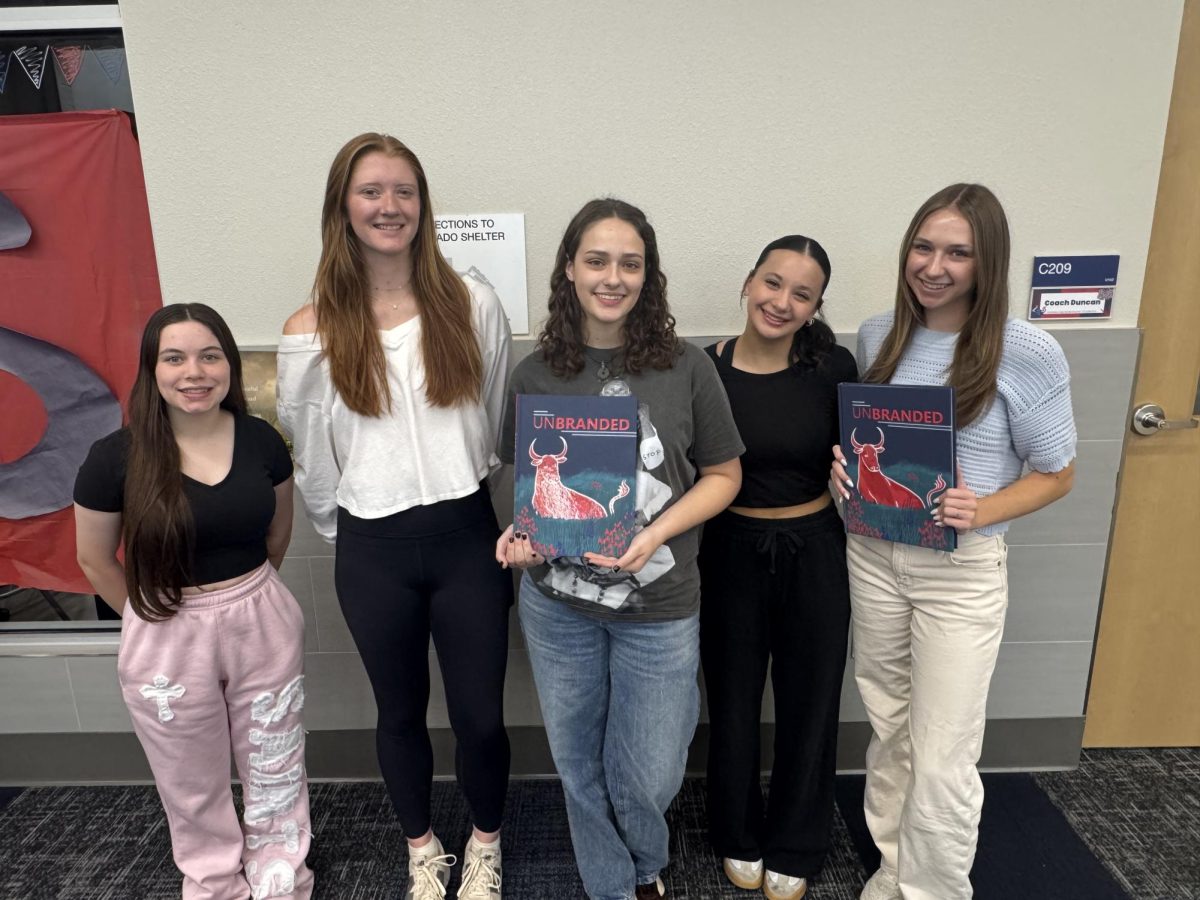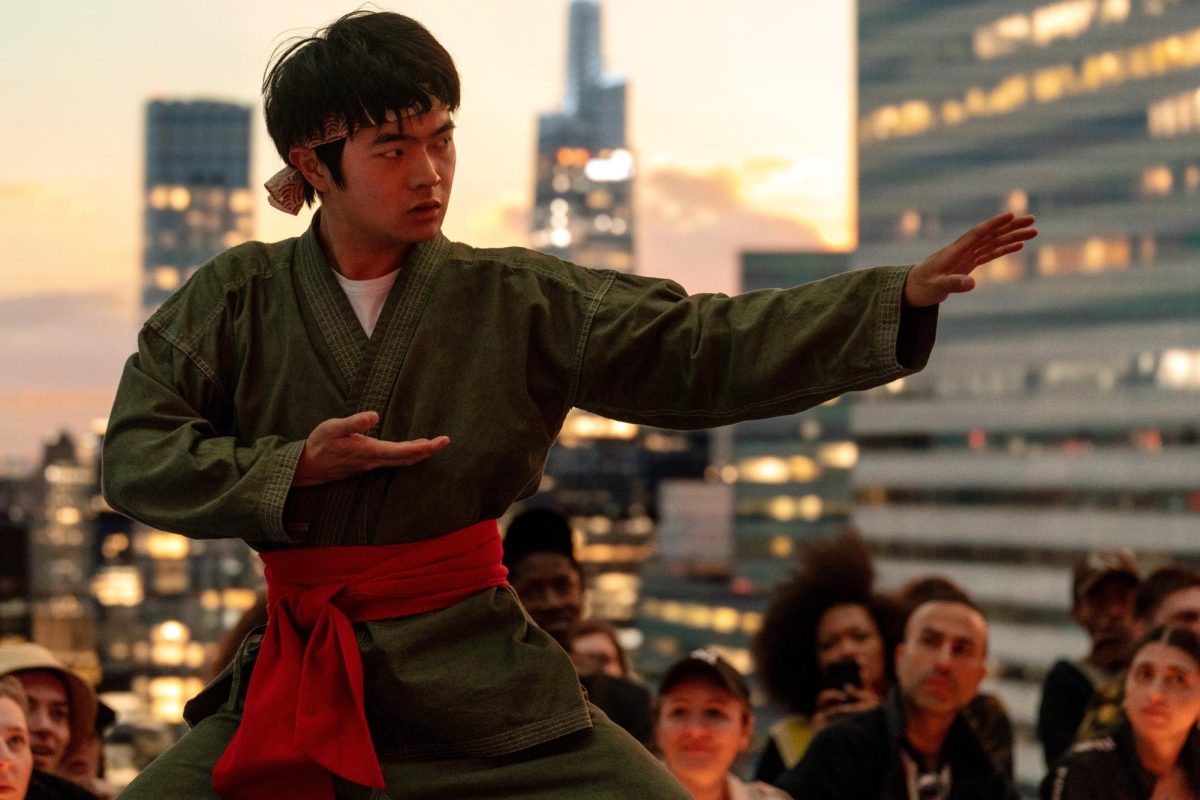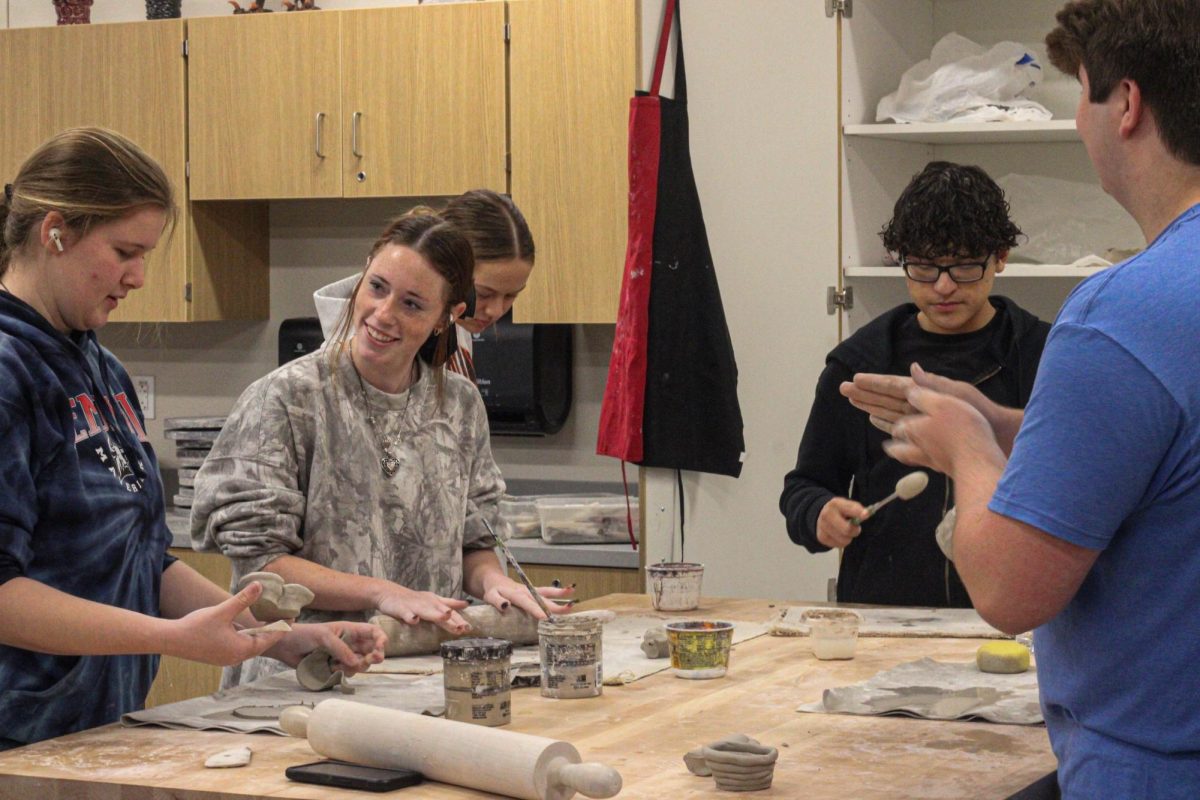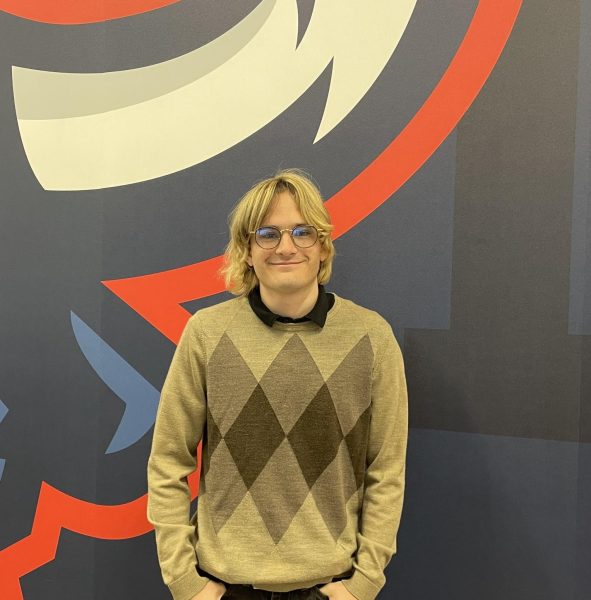Art students have recently gotten to test out the kilns at Memorial, working with clay to make ceramics with the new equipment.
While art teacher Christopher Mayfield has done some work on the individual level with clay at Wichita Falls High School, this year was his first time teaching it.
“There’s a certain part of it that I get to learn a little bit more as we go, like with the kids,” Mayfield said. “I get to learn some also, and I think it’s kind of cool that we get to see something different that we’ve never really done before on a big scale. Kind of a new medium to play with, new experience for the class.”
Mayfield has been growing and learning along with the students. He asked Midwestern State ceramics professor Steve Hilton lots of questions.
“I’ve been reading and trying to figure things out,” he said. “It’s been a challenge to come up with something that I feel like I could convey to the class.”
Art student Avelina Padron-Matamoros enjoyed expanding her artistic horizons with the project.
“I thought it was really interesting, especially since I don’t deal with that medium usually, so it was pretty fun to experience something different,” Padron-Matamoros said. “It was a little difficult, but getting into it was a fun learning process, trying something new.”
Padron-Matamoros noted the increased difficulty that comes with the jump to working with 3D objects.
“I guess the hardest part is getting the correct shape, it’s not like it’s as easy as just erasing it, because it is more like you have to be more precise on how you shaped it,” Padron-Matamoros said. “Then if you mess up, it was pretty difficult to fix it and get everything together the way you wanted it.”
Mayfield also thought going from 2D to 3D was a big hurdle for his upper art classes.
“It’s a very different mental process than working 2D pencil on paper or even paint, it’s a different way of thinking about things, a different skill set,” Mayfield said. “The underlying art principles are the same, but it’s a different way of dealing with them, dealing with 3D form versus a 2D surface.”
Mayfield’s art students exceeded his expectations once the projects were complete.
“The most difficult thing for them to learn is just the process of it all, the different techniques and the different process,” Mayfield said. “To kind of learn how the clay reacts to things, learning the properties of the clay and how it all works together.”
